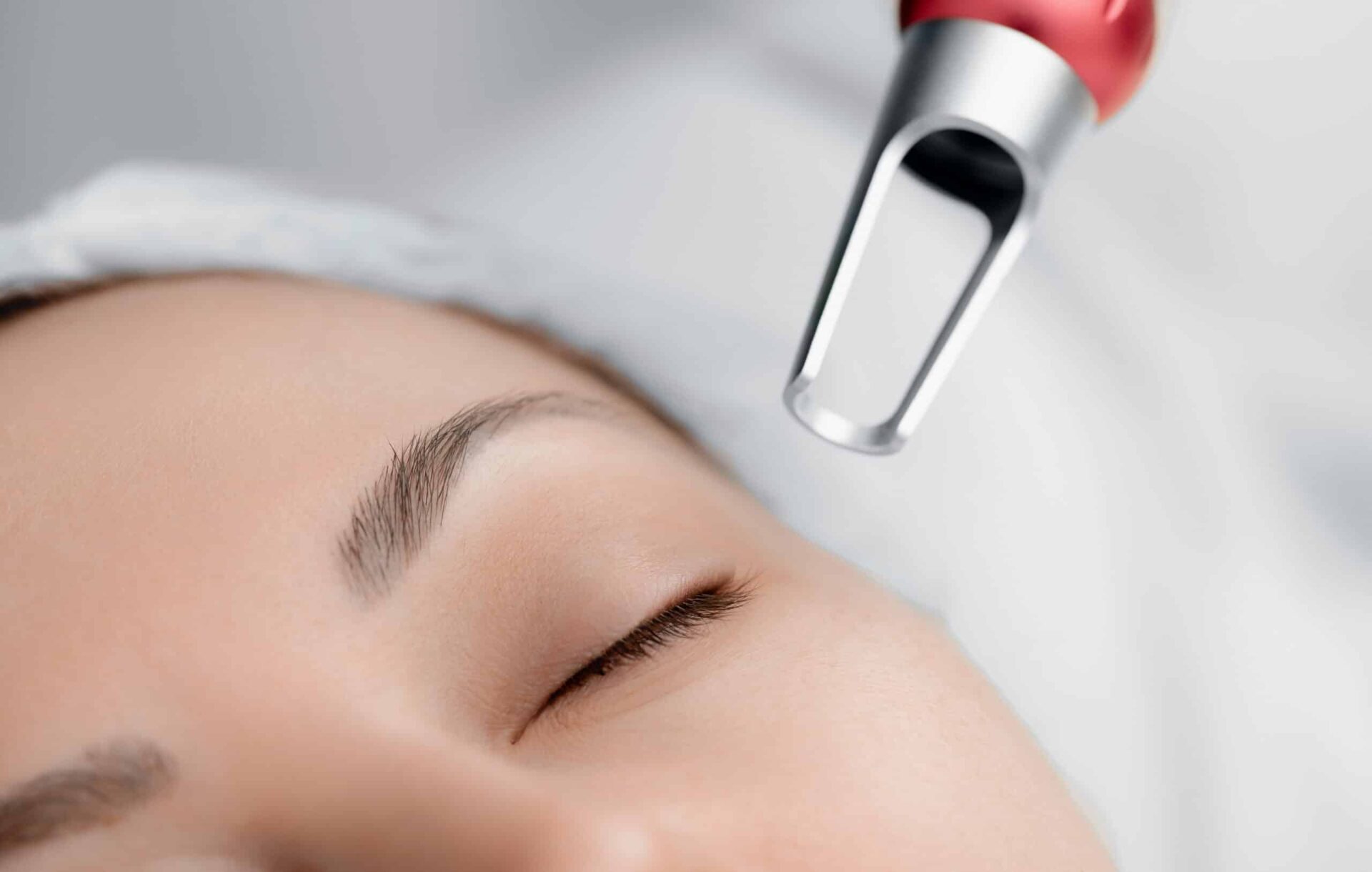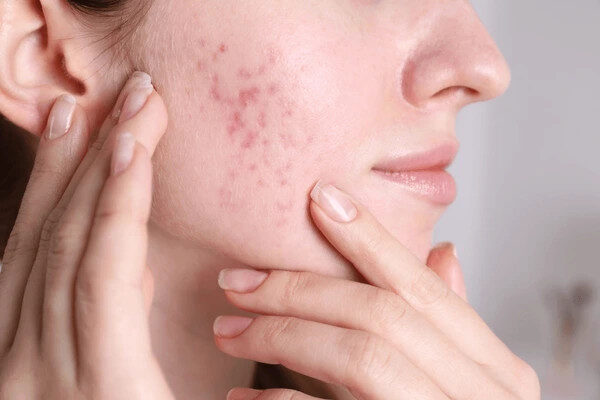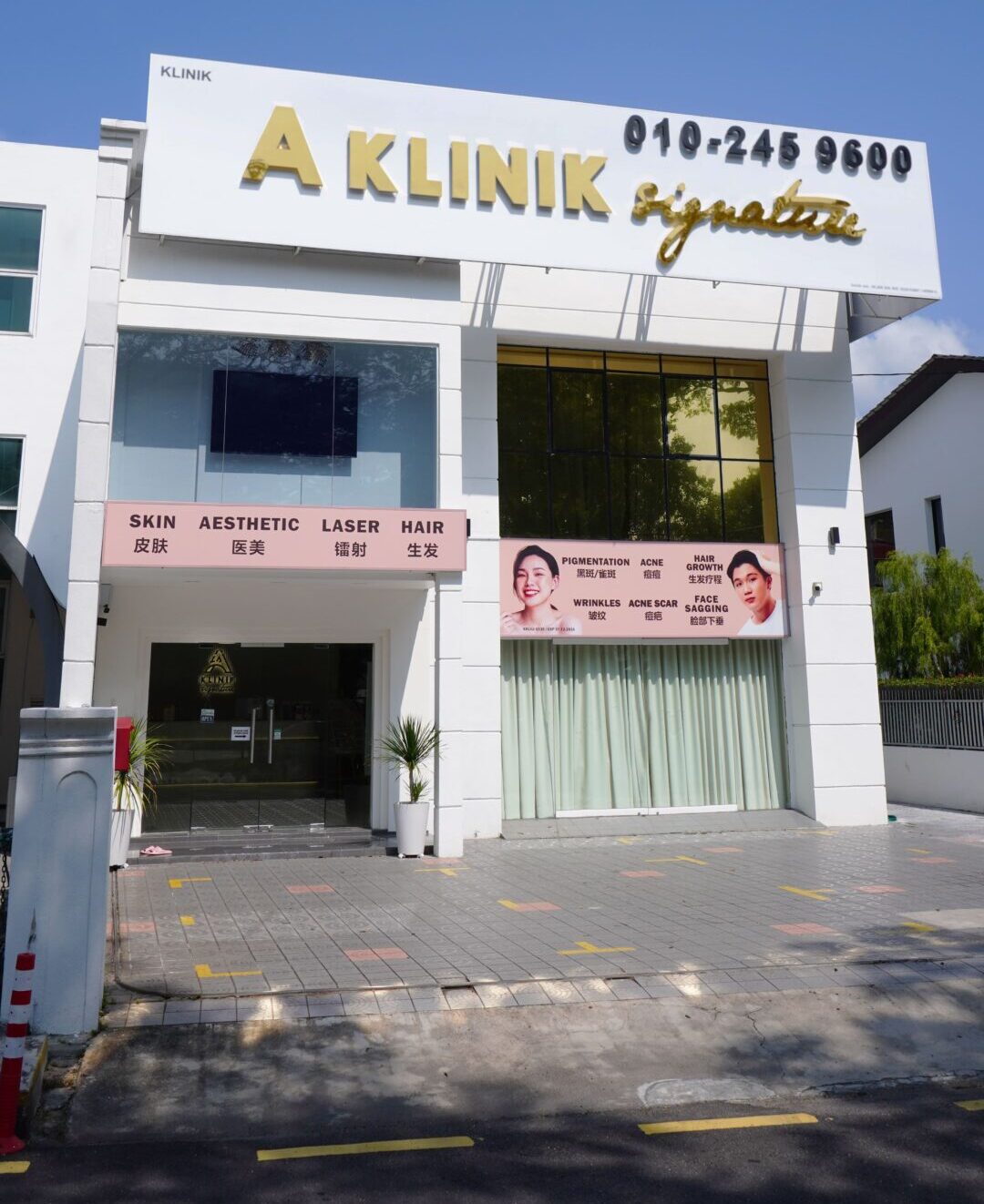
Stubborn dark spots, patches, or uneven tones can feel like an unwelcome guest that overstays its welcome. Whether it’s from sun exposure, hormonal changes, or past acne, many of us seek lasting solutions to achieve clear, radiant skin. But is permanent pigmentation removal really possible?
Let’s look into the causes, treatments, and preventive measures to help you understand and tackle facial pigmentation effectively.
The Types of Facial Pigmentation
Pigmentation refers to the coloring of the skin, primarily due to melanin, the pigment responsible for skin color. When melanin production becomes excessive or uneven, it leads to hyperpigmentation. Common types include:
Melasma: Often triggered by hormonal changes, appearing as brown or gray-brown patches, especially on the face.
Sunspots (Lentigines): Resulting from prolonged sun exposure, these are flat, brown spots commonly found on sun-exposed areas.
Post-Inflammatory Hyperpigmentation (PIH): Dark spots that develop after skin inflammation or injury, such as acne.
Freckles: Small brown spots, usually genetic, that become more pronounced with sun exposure.
Identifying the type of pigmentation is crucial, as it determines the most effective treatment approach.
Professional Pigmentation Treatments for Long-Term Results
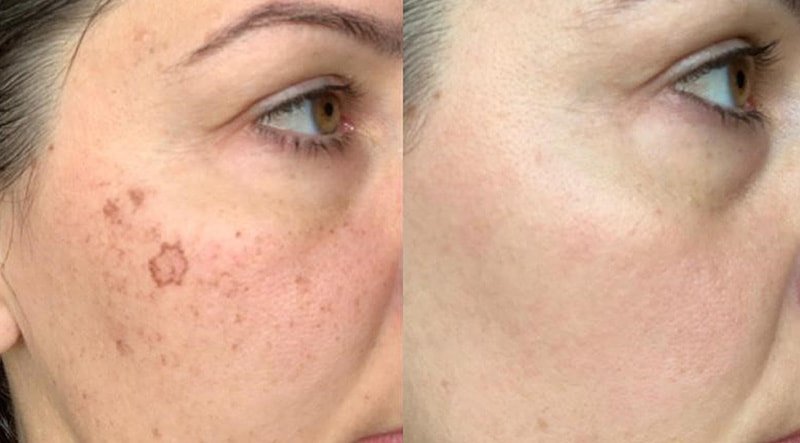
Professional treatments deliver results, often faster and more effectively than at-home skincare ingredients. These procedures work at a deeper level, targeting the root of melanin buildup and helping the skin reset itself.
Laser Therapy
Laser therapy breaks apart pigment clusters so your body can sweep them away naturally. There’s no one-size-fits-all laser—each type targets pigmentation differently and works best for specific skin tones and pigment depth.
Pico Lasers
Pico lasers work at ultra-fast speeds—trillionths of a second (picoseconds!)—to shatter pigment without overheating surrounding tissue. This means fewer side effects and less downtime. Studies suggest pico lasers may be more effective than traditional Q-switched lasers for stubborn pigmentation like melasma and sunspots, with a gentler touch on darker skin types.
Fractional CO₂ Lasers
Think of this as a resurfacing treatment. It doesn’t just break up pigment; it removes layers of skin to stimulate collagen production, improve texture, and promote new, evenly toned skin. Best suited for lighter skin types (Fitzpatrick I–III), this treatment can dramatically improve sun damage, scars, and severe hyperpigmentation, though it does require downtime (think redness and peeling for a week or so).
Most people need 3 to 6 sessions spaced a few weeks apart. Always work with a dermatologist who understands your skin tone and can tailor the device and settings accordingly.
Chemical Peels
If lasers feel too intense or out of budget, chemical peels are a time-tested alternative. They work by removing the top layers of skin to reveal fresh, evenly pigmented skin underneath.
Superficial Peels
Contain mild exfoliants like glycolic acid, lactic acid, or mandelic acid. These are perfect for first-timers or those with sensitive skin. They require little to no downtime and gradually improve pigmentation over several sessions.
Medium Peels
Use stronger agents like trichloroacetic acid (TCA) to reach deeper skin layers. These are better suited for moderate pigmentation, acne scars, and melasma. Expect a few days of redness, peeling, and mild discomfort.
A series of glycolic acid peels spaced every 2–3 weeks for 2–3 months can significantly lighten melasma and sunspots. But caution is key: peels should always be done under the guidance of a licensed professional, especially for individuals with darker skin, who may be more prone to rebound pigmentation.
Topical Prescription Treatments
Prescription creams don’t work overnight, but with consistent use, they can significantly fade pigmentation. These topicals often form the backbone of a dermatologist’s approach, especially for patients who want a non-invasive, low-risk strategy or want to maintain results after laser or peels.
Here are the most common topical agents:
Hydroquinone (HQ)
Often called the gold standard in pigment control, hydroquinone works by inhibiting tyrosinase, an enzyme involved in melanin production. Available in 2–4% strengths (and sometimes higher for short-term use), it’s best used in short bursts (typically 3–6 months) to avoid side effects like rebound pigmentation or irritation.
Retinoids (Tretinoin)
These vitamin A derivatives promote cell turnover, pushing out pigmented skin cells faster. Retinoids also enhance the penetration of other brightening agents like hydroquinone or azelaic acid. While they can cause initial dryness or peeling, long-term use can improve both pigmentation and fine lines.
Azelaic Acid
This multitasker is anti-inflammatory, antibacterial, and pigment-fading—making it a great choice for treating PIH from acne. Safe for all skin types, even during pregnancy, azelaic acid is often paired with retinoids or used on its own for those with sensitive skin.
Most topical treatments need 8–12 weeks of daily use to show meaningful changes—and even then, sunscreen is essential to lock in your progress.
Is Permanent Pigmentation Removal Possible?
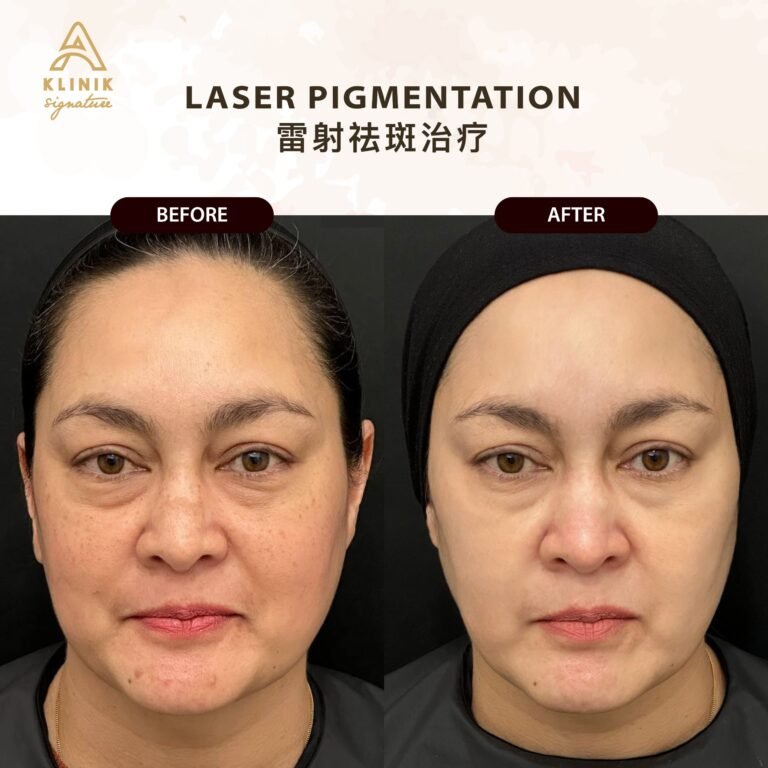
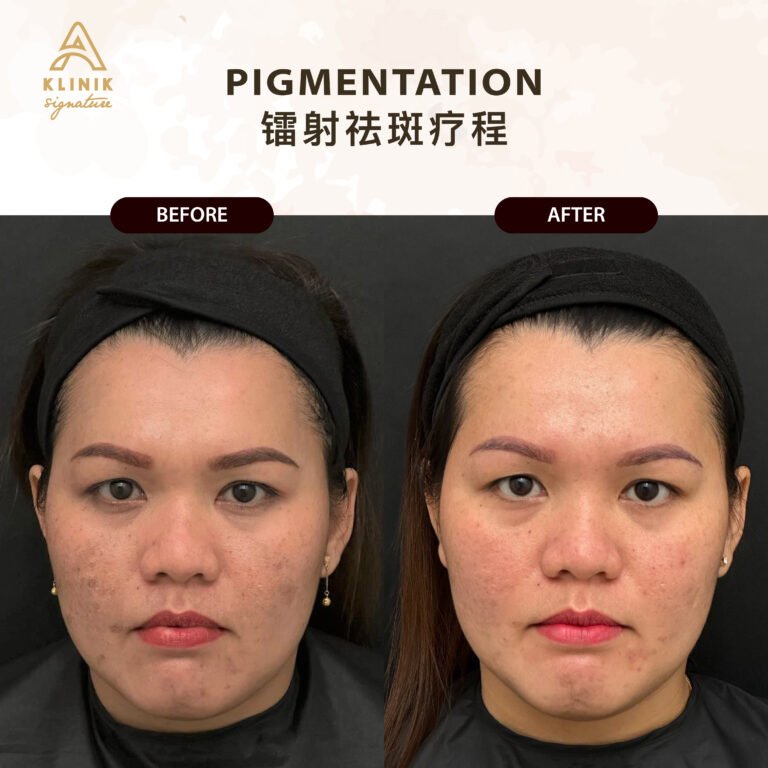
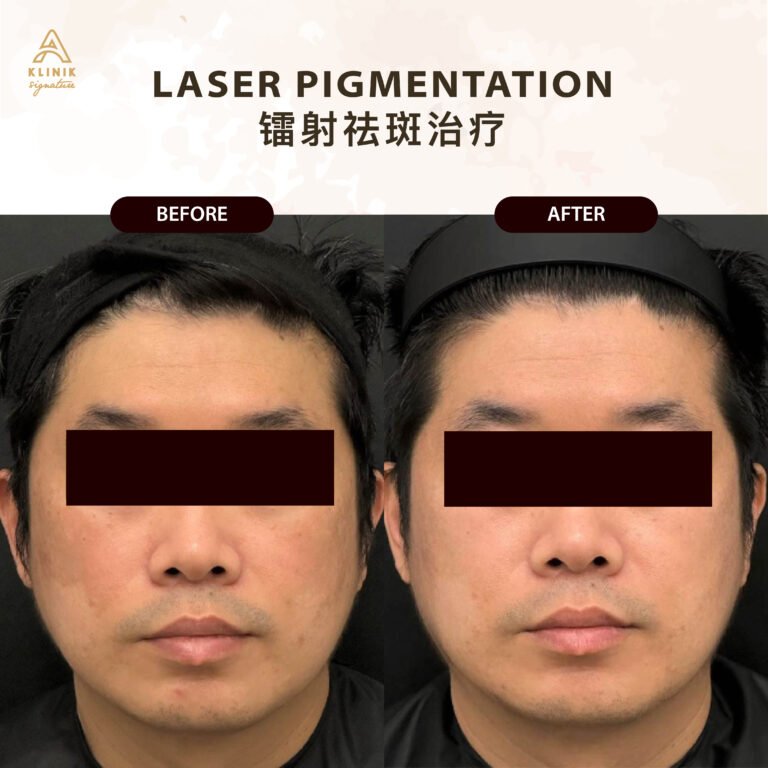
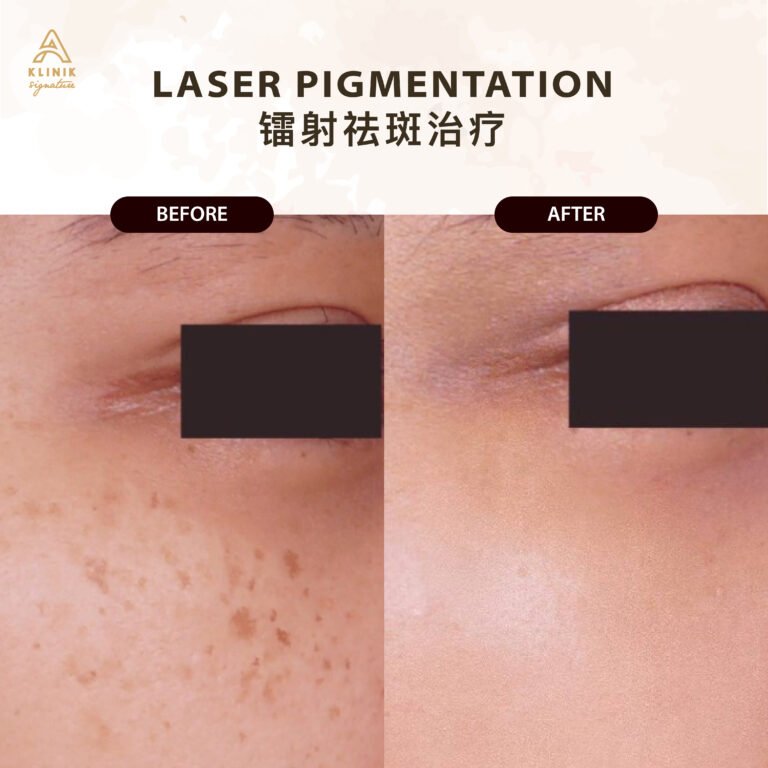
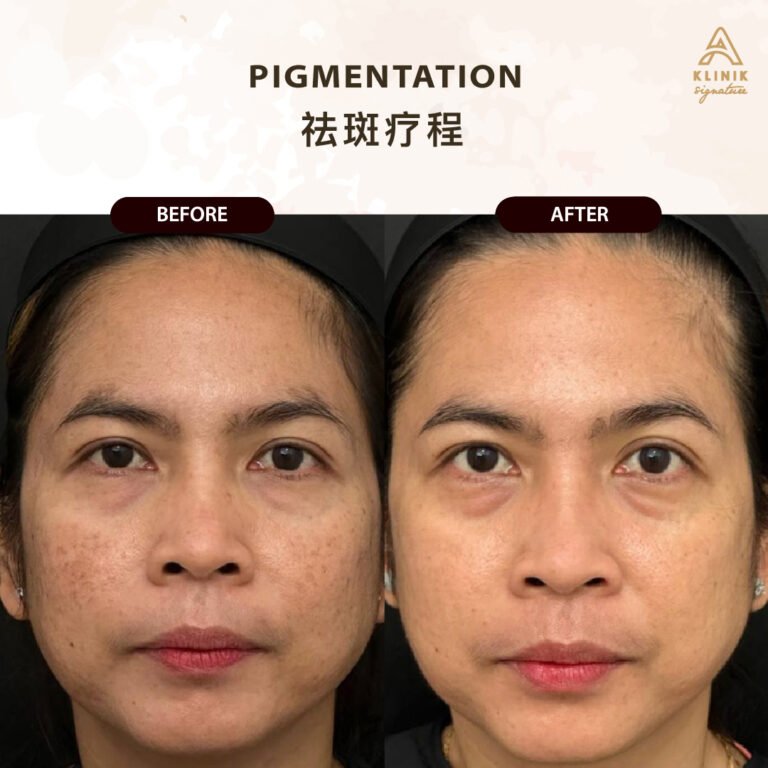
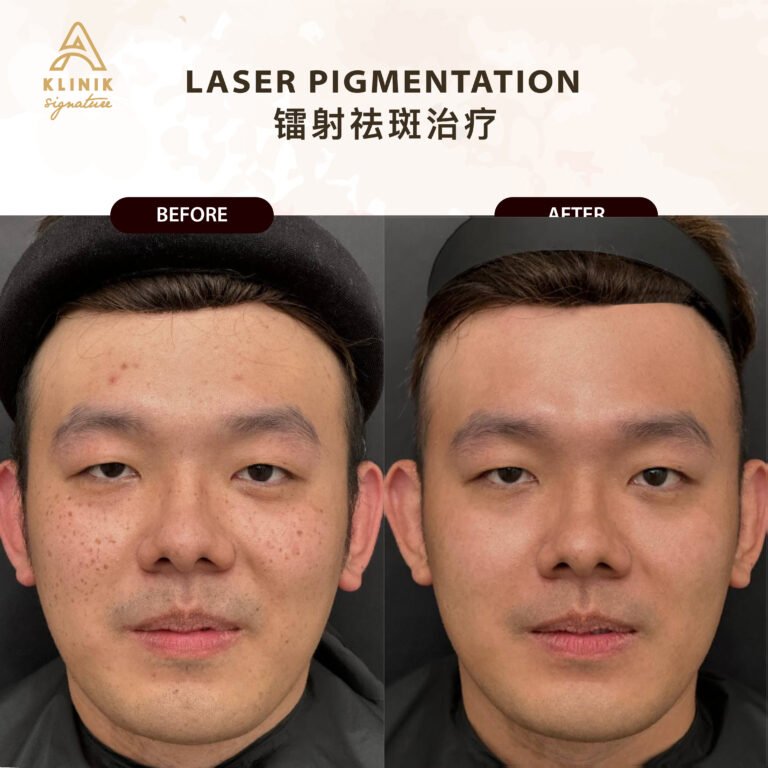
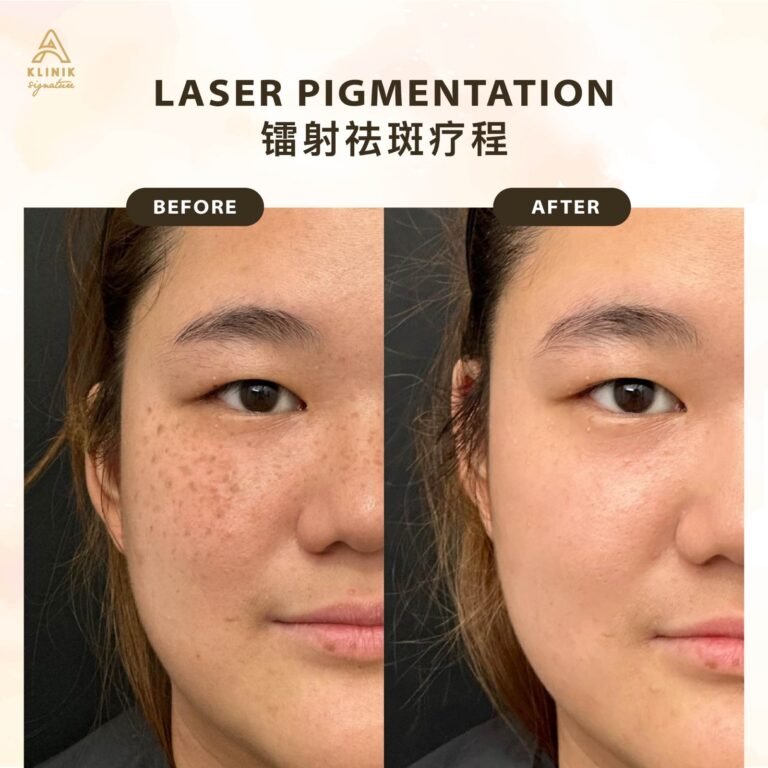

Can pigmentation really go away for good? The short answer is yes, in many cases—but there’s a little fine print. Pigmentation isn’t always a one-time issue you treat and never think about again. While certain types of pigmentation can be removed permanently, others can come back especially if you don’t take preventive steps.
It Depends on the Type
- Sunspots and freckles caused by UV exposure? With the right laser or peel, you can often get rid of them permanently. But if you’re not careful with sun protection, new ones can form just as easily.
- Melasma is a bit trickier. This type of pigmentation is often hormone-driven and influenced by sun, heat, and even inflammation. While treatments like Pico laser, topical creams, or peels can greatly improve melasma, it’s known to recur—especially during pregnancy or after sun exposure.
- Post-inflammatory hyperpigmentation (PIH) from acne, eczema, or injuries? These marks usually fade with time and respond well to targeted treatment. Once they’re gone, they tend to stay gone as long as the underlying cause (like acne breakouts) is under control.
So yes, permanent removal is possible but only if you understand your pigmentation type and follow up with the right skincare and maintenance.
Maintenance to Keep Results Long-Lasting
Even after you’ve cleared your skin, the journey doesn’t end there. The real key to keeping pigmentation at bay? Consistency and protection.
Follow-up treatments
For some people, especially those with chronic pigmentation issues like melasma, maintenance sessions may be needed every few months.
Daily sunscreen (non-negotiable)
UV exposure is the top trigger for pigment to come back. Use a broad-spectrum sunscreen with at least SPF 30, and reapply every 2–3 hours if you’re outdoors. Mineral sunscreens with zinc oxide or titanium dioxide are ideal, especially for sensitive skin.
A smart skincare routine
Stick to products that prevent melanin production (like vitamin C, niacinamide, and azelaic acid), encourage cell turnover (like retinoids), and strengthen your skin barrier. The stronger and healthier your skin, the less likely pigmentation will return.
Avoid triggers
If heat, friction (like rubbing your face with a towel), or inflammation makes your pigmentation worse, minimize those triggers as much as possible. Gentle skincare is your best friend.
Most pigmentation concerns can be managed with early intervention and a tailored plan from your skin provider.
Aesthetic Clinic in Penang
Get Pigmentation Treatments with A Klinik Signature
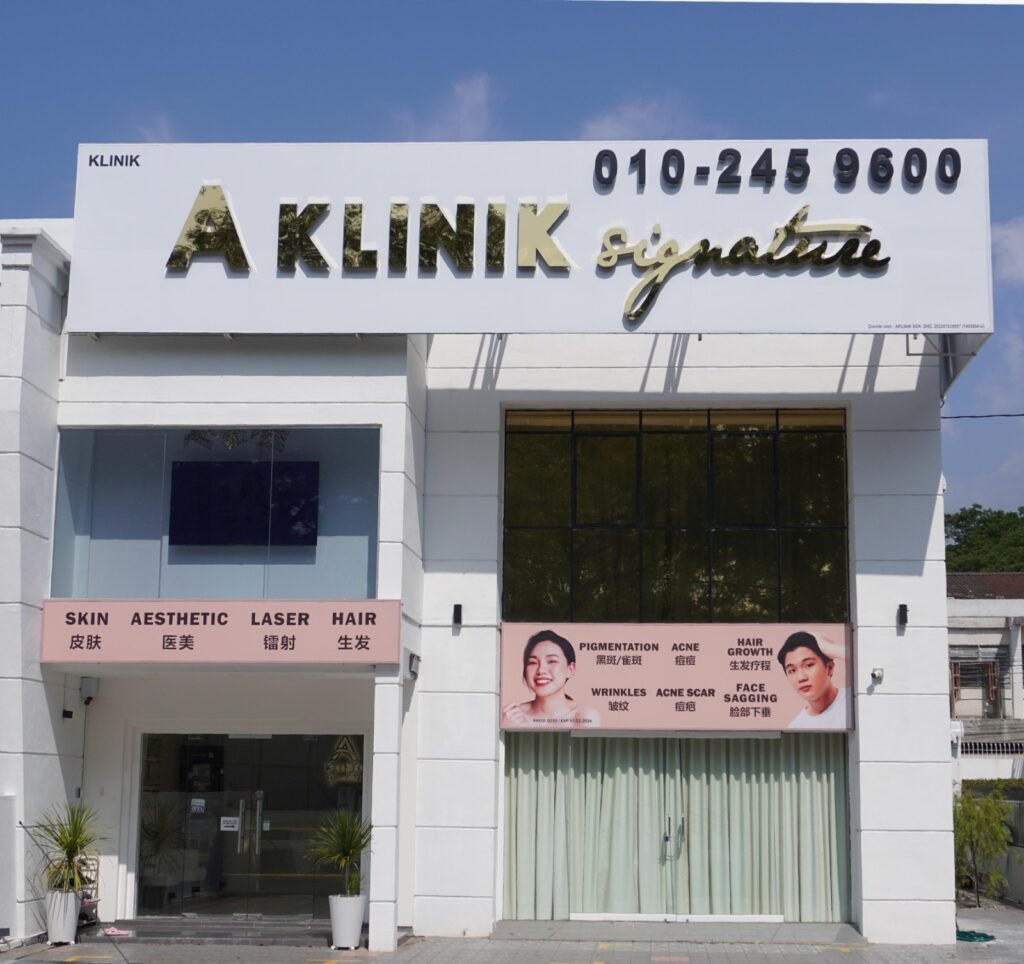
Permanent removal of pigmentation is possible but think of it more as “long-term control” rather than a miracle cure. With the right treatment plan, ongoing care, and a healthy dose of sun smarts, you can enjoy clear, even-toned skin for the long haul.
Most pigmentation concerns can be managed with early intervention and a tailored plan from your skin provider. Choose A Klinik Signature to help you on your journey. Our experts can ensure that you’re treated for your pigmentation type and our follow-up advice will help keep your results permanent.


